The U.S. Environmental Protection Agency (EPA) has formally determined that Alaska must update its water quality standards, which have not been revised since 2003, or the EPA will intervene. This decision, in part, stems from a petition filed by one of our grantees, the Southeast Alaska Conservation Council (SEACC), in 2015, highlighting the need for accurate fish consumption rates.

Photo credit: Nick Hall
Updating these standards is crucial to ensure that fish consumption and the use of water bodies support healthy people and communities. Fish consumption rates are key in determining water pollution limits for nearly 100 pollutants, including mercury. Polluted waters lead to contaminated fish, which can severely impact health. Using an unrealistic fish consumption rate means that Alaskans, particularly those in coastal and Indigenous communities, are at greater risk of exposure to harmful toxins.
For decades, Alaska has been using the EPA’s 1992 default fish consumption rate of 6.5 grams per day—a quantity that can fit on a cracker—to set its water quality standards. This outdated figure does not reflect the actual dietary habits of Alaskans, who consume significantly more fish.
The EPA’s determination is a significant step toward ensuring that Alaska’s water quality standards are based on sound science and accurate data. This update is long overdue and essential for protecting our communities’ health and preserving our waters’ integrity.
ACF commends the work of our grantees, Southeast Alaska Conservation Council (SEACC) and SalmonState, in pushing for these critical changes. SEACC’s 2015 petition emphasized that Alaskans deserve more stringent water quality criteria due to their higher fish consumption rates. SalmonState has also been a vocal advocate, highlighting the importance of clean, safe, and healthy waters for all Alaskans. These achievements are a testament to the collective work and dedication of countless organizations and community members across Alaska.
“The state of Alaska is responsible for deciding how much pollution is safe in the water,” said Maggie Rabb, SEACC’s executive director. “When they underestimate how much seafood we eat, their determination of what is a safe level of pollution isn’t using sound science or data. And that’s a problem for us.”
This announcement from the EPA marks a victory for environmental advocacy in Alaska. The Alaska Department of Environmental Conservation (DEC) has been working on updating its water quality standards but has yet to release new criteria. The EPA’s push ensures that these updates will finally happen.
A spokesperson for the Alaska Department of Environmental Conservation (DEC) stated that the state is committed to meeting the EPA’s timeline and plans to submit a new plan to the EPA soon. The new standards will then go out for public comment before they are implemented.


